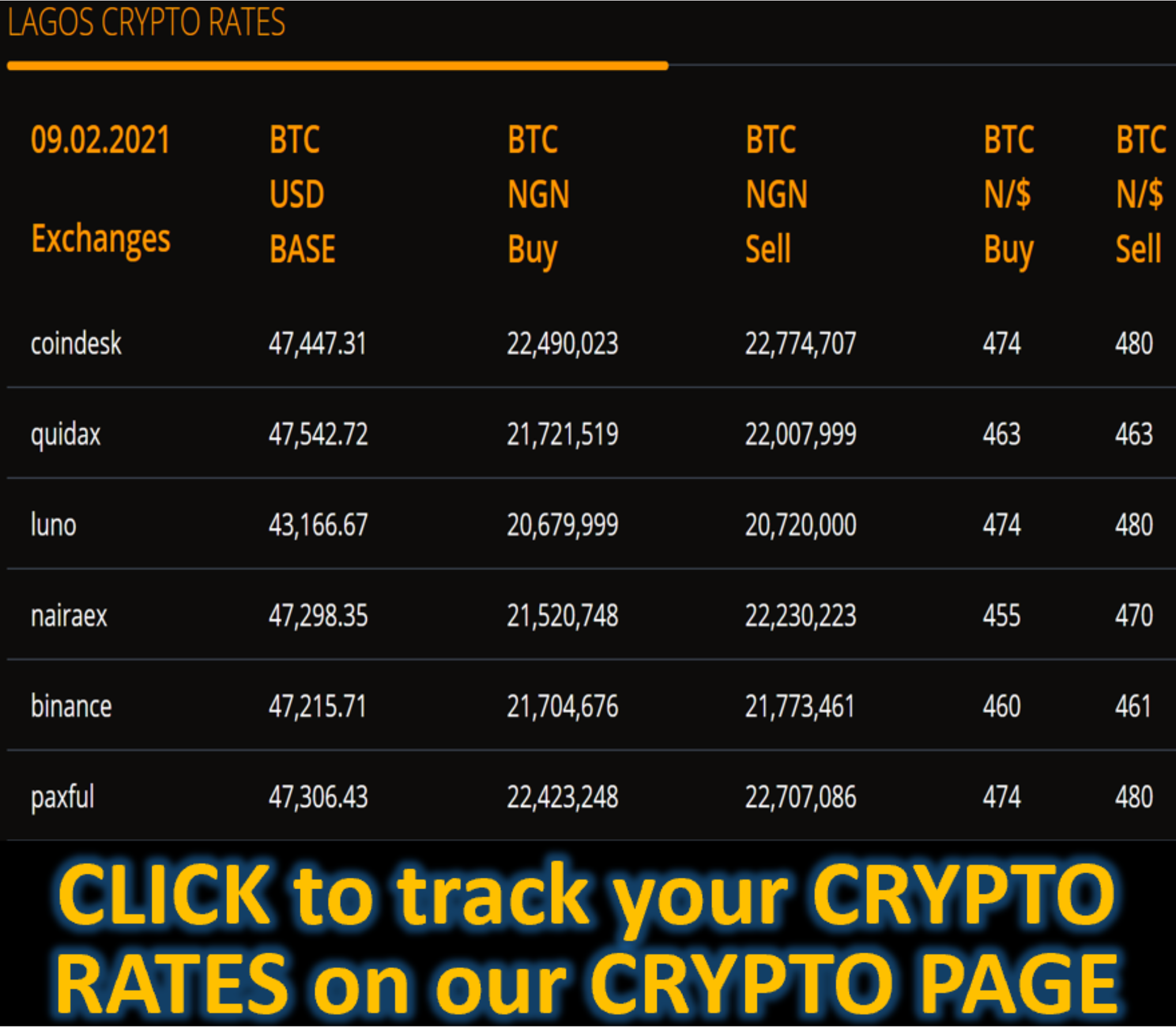Market News
Former Crypto Day Traders Say No Thanks Even as Bitcoin Roars Back - BLOOMBERG
BY , Bloomberg News

,
(Bloomberg) -- Between 2013 and 2017, Peter To claims he made more than $1 million by day-trading Bitcoin during its bull runs.
While the world’s largest cryptocurrency has rallied in recent weeks, more than doubling from levels after last year’s epic collapse that helped blow up the FTX exchange, the 34-year-old professional stock trader in New York says it’s not enough for him to go back.
“Bitcoin is not as volatile or as driven as it was,” To said. “For traders like me who are hunting for inefficiencies in the market, it’s not as interesting. The allure is kind of gone.”
As FTX co-founder Sam Bankman-Fried waits to find out how long he’ll spend in prison following his conviction Thursday on fraud charges, many in the industry believe closure on that ugly episode will mark the end of the industry’s immature, chaotic phase and usher in a more mature era of mainstream acceptance. Yet that could also mean the market will never again provide the type of spectacular growth and once-in-a-lifetime trading opportunities seen in earlier years.
Bitcoin generated sparks last week when it climbed above $35,000. While that’s still far below its all-time high of almost $69,000 in 2021, the market was pumped on optimism that the first exchange-traded fund holding Bitcoin will be approved, with BlackRock Inc. filing an application for one in June. More positive news came as a judge in August overturned a decision to block the conversion of a Bitcoin trust from Grayscale Investments LLC into an ETF.
Related: Bitcoin ETF Momentum Spurs Biggest Monthly Gain Since January
Retail investors retreated when the industry was rocked a year ago by the collapse of FTX. Bitcoin sank below $16,000 and traders’ returns fell about 40% for 2022, according to JPMorgan Chase & Co. Crypto isn’t the only market to see a retreat by day traders. The share of retail investors in US equity market volumes plunged 40% at the end of last year from the beginning of 2021, according to the bank, while stocks once buoyed by the retail crowd vastly underperformed the market.
The situation is looking a little rosier now, even as the broader market has pulled back, with the S&P 500 down about 5% since the end of July. Retail crypto trading volume as a percentage of total volume in the US on the Bitstamp exchange has increased to 35% from 33% between the first half and the ongoing second half, while globally it’s risen to 9% from 8%.
“The retail marketplace in a bear environment is generally quite sleepy,” Bitstamp USA Chief Executive Officer Bobby Zagotta said. “I feel like we are seeing some improvement here.”
Still, many crypto daytraders have moved on. Craig Murray, who estimates he made almost $200,000 in the market, says he escaped losing everything to FTX by a hair after friends in the industry heard whispers about its imminent collapse. By that point, the 23-year-old — who lives in New York and recently dropped out of Vanderbilt University — had made up his mind.
‘Over the Edge’
“That kind of put me over the edge,” Murray said. “I just decided it wasn’t worth it. Why would I have my money in this space when there’s a chance that one day it could just all go away?”
Another sign that retail investing in crypto isn’t returning to previous levels can be seen in weekday versus weekend volumes, with the presumption that the typical person trading on a weekend is a day trader.
“It’s not unusual nowadays to see weekday trading volume average 50% higher values than weekend trading volume, whereas in the past this ratio was almost 1:1,” said Fredrick Collins, chief executive and founder of crypto data platform Velo Data.
Tim van den Berg traded everything from Bitcoin to Dogecoin between 2016 and 2019 while he was in college in the Netherlands, using Dutch trading platform Plus500. Over that period he lost about $12,000.
“I was constantly losing so much money,” he said. “I had to save up, find a better job, and worry about my studies.”
Van den Berg, 24, says he understands the market better now and is making money from trading futures, but digital assets no longer interest him.
“Crypto is so manipulated now,” he said. “It started out as a thing that would beat the banking system, but now it’s just for the rich to move a lot of money. When the US market closes, crypto basically doesn’t move at all.”
‘Different Game’
To, the stock trader, agrees. He said that back in the day, he used to make his largest crypto profits around 2 a.m.
“There would be these 20-30% dips when everybody in New York was sleeping,” To said. “In the early days, you would hunt for these glitches to make money. Now, if crypto goes up, you make money, and if it goes down, you lose. It’s more directional, which is a different game.”
While Murray no longer trades crypto as much as he once did, he holds some money on exchanges, and sometimes teaches newcomers how to trade digital assets. Still, he doesn’t think it’s a good idea for most people.
“A lot of people go into crypto thinking it’s going to be easy money because of the millions of people who made money in nonfungible tokens and other coins,” he said. “Then they take bigger risks than they intended and kind of just break their accounts.”
--With assistance from Olga Kharif.









